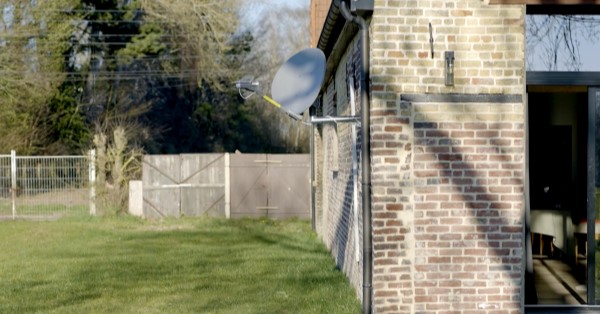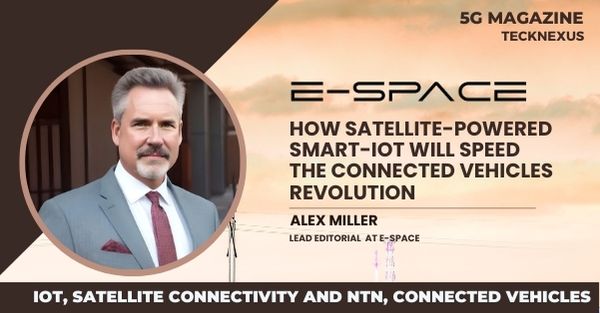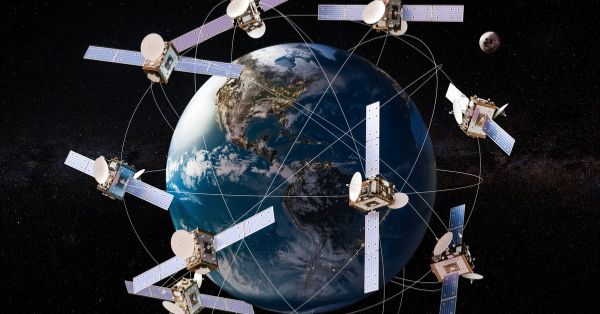Orange’s Satellite Internet: Connecting Every Corner of France
In today’s hyper-connected world, the internet is no longer a luxury; it’s a necessity. Imagine living in a picturesque village in France, surrounded by beauty but cut off from the high-speed digital world. That’s where Orange steps in, transforming the landscape of internet connectivity with its groundbreaking “Orange Satellite with Nordnet” offer. Launched on November 16, 2023, this service promises to bridge the digital divide, ensuring superfast broadband is available to everyone in mainland France. For just €49.99 a month, Orange is not just selling a service; they’re offering a gateway to endless possibilities.
Bridging the Digital Divide with High-Speed Satellite Internet
So, what’s the big deal about this new satellite service? It’s simple: inclusivity. Whether you’re nestled in the remote countryside or in a bustling city, Orange ensures you’re not left behind in the digital race. This service is especially a game-changer for those unable to access fiber networks and those enduring sluggish ADSL speeds below 8 Mbps.
The Nitty-Gritty: What’s on Offer?
For a monthly fee of €49.99 (with a sweet deal of the first month free), customers can enjoy unlimited broadband with up to 200 Mbps download and 15 Mbps upload speeds. And guess what? You get to keep your old phone number and enjoy unlimited calls to various destinations. The flexibility doesn’t end there. Orange provides a Satellite Kit, available for purchase or rent, ensuring you’re connected without any hassle.
A Tech Marvel Powering Your Connection
Behind this revolutionary service is the Eutelsat Konnect VHTS satellite – a true masterpiece of European space technology. Crafted by Thalès Alenia Space and launched on an Ariane 5 rocket, this is no ordinary satellite. It’s the largest of its kind in Europe and represents a new era of electric propulsion technology. This isn’t just about connectivity; it’s about pioneering technological advancement.
A Visionary Move by Orange France
Jean-François Fallacher, the CEO of Orange France, emphasizes that this launch is more than just a service expansion. It’s a commitment to ensuring superfast broadband access for every nook and cranny of mainland France. With this initiative, Orange isn’t just a telecom company; it’s a visionary leader paving the way for a digitally inclusive society.
More Than Just Internet: A Step Towards Digital Cohesion
This initiative isn’t just about getting you online; it’s a part of a bigger picture. It aligns with the French government’s “Cohésion Numérique des Territoires” program, aiming to provide superfast broadband to all by 2025. It’s about connecting communities, empowering businesses in rural areas, and ensuring that no one is left behind in our rapidly evolving digital world.
Why Choose Orange Satellite with Nordnet?
The answer lies in its unmatched reach and commitment to quality. By combining the latest satellite technology with their existing range of connectivity solutions, Orange is setting a new standard in internet service provision. It’s about reliability, speed, and, most importantly, accessibility.
The Environmental Angle
And there’s an environmental angle too. The satellite’s 100% electric propulsion system marks a departure from traditional, more polluting chemical propulsion systems. Orange isn’t just connecting you to the internet; they’re doing it with an eye on sustainability.
Conclusion: A Digital Revolution for All
In essence, Orange’s Satellite service is more than a technological marvel; it’s a promise of digital inclusivity. Whether you’re in the bustling heart of Paris or the serene countryside of Provence, Orange ensures that you’re part of the global digital community. It’s not just about browsing the web; it’s about opening doors to education, business opportunities, and a connected future. With Orange, the whole of France is just a click away.



















